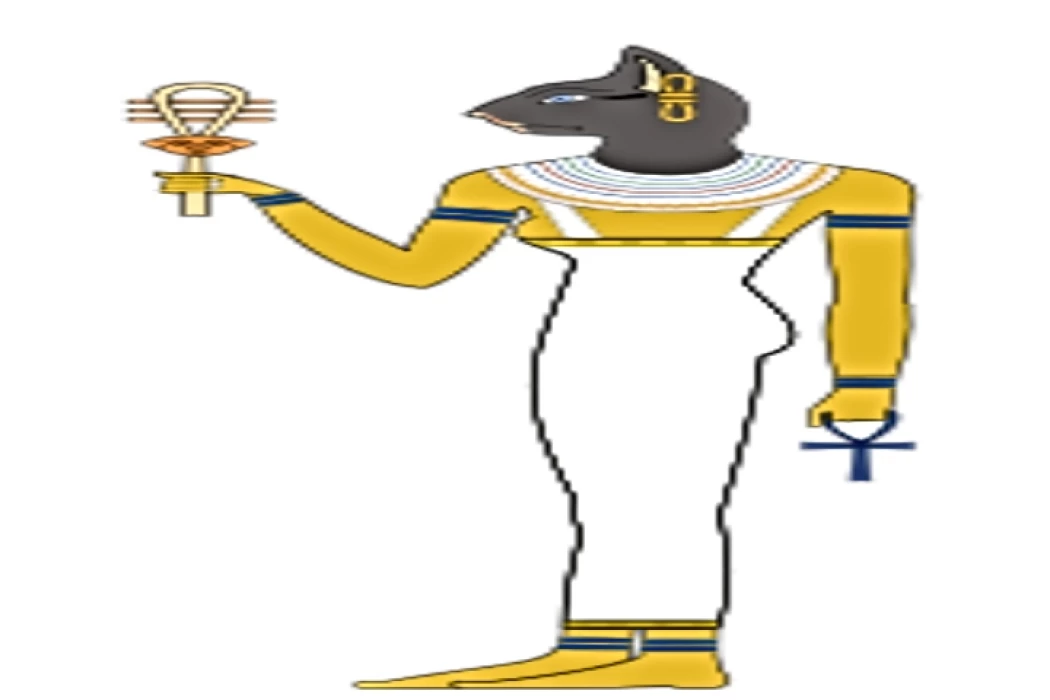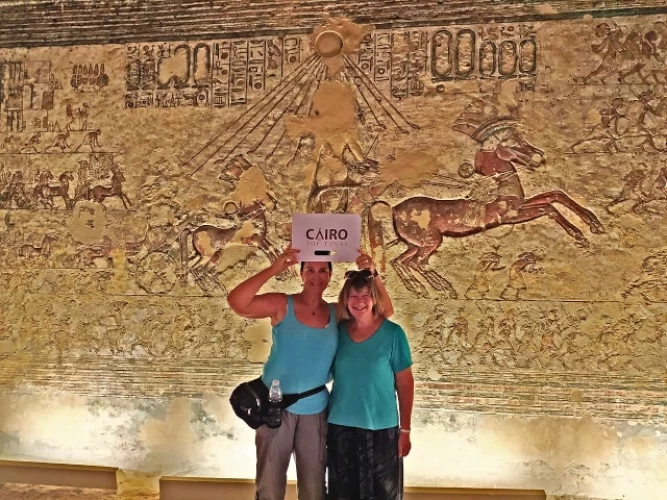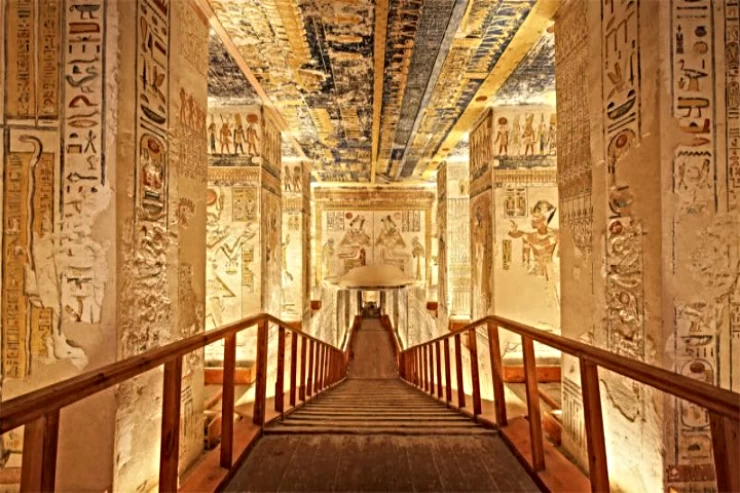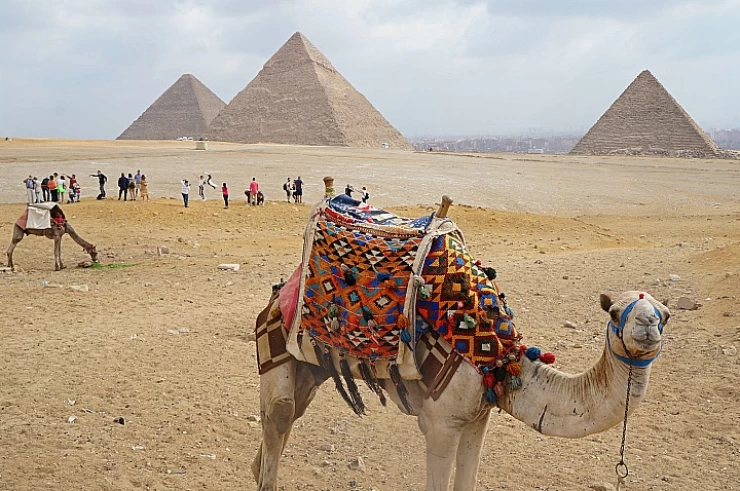
Bastet (dios del antiguo Egipto)
Hay mucha diferencia entre el dios Sekhmt y el dios Bastet, tienen la misma forma representada pero con una misión diferente, por lo que la encantadora diosa Bastet de la piedad y la misericordia, pero Sekhmet es la diosa de la guerra y el poder.
Bastet según la religión del Antiguo Egipto es la esposa de Atum y también adoraba a "Bastet" en el Alto Egipto, donde fue comparada o representada por la diosa "Muerte", la esposa de "Amón" en "Tebas". También fue adorada en Memphis y llevaba el título (Nuestra Señora de Ankh Tawi) desde el Reino Antiguo. Su culto se extendió a Dendara, que se conocía como (Bubasta Alto Egipto). Su culto también se extendió a "Tebas", "Heliópolis", "Bani Hassan" y "Nubia".
Asimismo, se dijo sobre Hathor: "Estaba tan harta de ira y se abstuvo cuando estaba feliz". Desde el Reino Medio, Bastet fue considerado el rostro calmante de la diosa Sekhmet, o el ojo calmante de Ra, a diferencia del poderoso Ojo de Ra (Sekhmet) en el mito de la destrucción humana.
La relación entre Bastet y Hathor
Los dioses también tenían una relación con los dioses Hathor, cada uno de los dioses de la diversión, y Bastet a veces representaba la delegación de su mano vibrando en la forma de la cabeza de Hathor, y la adoración de los dioses Bastet se fusionaba con la adoración de los dioses. deidades de Hathor en la era del Reino Antiguo, como los dioses representaron a Hathor en las paredes del templo del rey Bibi I (la familia) Sexto), luego Hathor apareció de pie junto al rey Bibi I, y parece que este rey estaba interesado en adorar a los dioses Hathor en el área de Basta, junto a su ídolo principal, los dioses Bastet, y los dioses estaban representados en una piedra encontrada en la cabaña del templo antes mencionado, y puede considerarse una metáfora de esta. La inscripción a las deidades locales Bastet. Los dioses Hathor eran famosos por ser Sekhm cuando estaba enojada, y solía estar tranquila y alegre, y había una similitud entre la fiesta de los dioses Bastet y la fiesta de la diosa Hathor, que se llamaba: La Fiesta de la Resurrección. . Así como los dioses Bastet se fusionaron con los dioses, Hathor, desde la era del Reino Antiguo, como ya hemos indicado, los dioses tomaron el estatus de dioses a Hathor desde la era del Reino Medio, para fusionarse con los dioses Bastet, así el culto a los dioses Bastet estaba vinculado al culto a los dioses Muerte en Tebas, por eso los dioses se llamaban Bastet: los dioses son la muerte Bastet, y se representa colocando en su cabeza las plumas del dios Shu y dos cuernos entre ellos, el disco solar.
En cuanto al esposo de los dioses, la muerte de Bastet, se trata de la diosa Ra Atum, mi hermana, Hur, que estaba representada en forma de halcón cuya cabeza está coronada por la diosa Shu, y la conexión de los dioses Bastet. con los dioses murió por considerar al dios Khonsu, el dios de la luna, el hijo de los dioses, la muerte, un padre de la diosa Bastet, y la aparición de los dioses se asoció con Bastet. En presencia de la sala de partos, los antiguos egipcios creían que Bastet ayudaba a las mujeres a concebir hijos, mientras que el dios Khonsu ayudaba al feto a crecer en el útero de la madre.
There is a much difference between the Sekhmt god and the Bastet god they have the same represented form but with a different mission so the lovely Bastet goddess of pity and mercy but Sekhmet is the goddess of war and power.
Bastet according to the ancient Egyptian religion is Atum`s wife and She also worshiped "Bastet" in Upper Egypt, where she was likened to or represented by the goddess "Death", the wife of "Amun" in "Thebes".
The relationship between Bastet and Hathor
The gods also had a relationship with the gods Hathor, each of the gods of fun, and Bastet sometimes represented the delegation of her hand rattling in the form of the head of Hathor, and the worship of the gods Bastet merged with the worship of the deities of Hathor in the era of the Old Kingdom, as the gods depicted Hathor on the walls of the temple of King Bibi I (the family) Sixth),
then Hathor appeared standing next to King Bibi the First, and it seems that this king was interested in worshiping the gods Hathor in the area of Basta, next to her main idol, the gods Bastet, and the gods were depicted on a stone found in the cabin of the aforementioned temple, and it can be considered a metaphor for this. The inscription to the local deities Bastet.
The god Hathor was famous for being Sekhm when she was angry, and she used to be calm and cheerful, and there was a similarity between the feast of the gods Bastet and the feast of the goddess Hathor, which was called:
The Feast of Resurrection. Just as the gods Bastet merged with the gods, Hathor, since the era of the Old Kingdom, as we have already indicated, the gods took the status of the gods to Hathor from the Middle Kingdom era, to merge with the gods Bastet, so the worship of the gods Bastet was linked to the worship of the god's Death in Thebes, so the gods were called Bastet:
the gods are death Bastet, and represented while placing on her head the feathers of the god Shu and two horns between them, the sun disk.
The meaning of Bastet
Her name is derived from the name of the city of Bast (Bubast (Bubastis in Greek)), the center of her cult in the 18th region of Lower Egypt, and it is likely that her sacred animal was not originally the cat but the lioness. She was also called "Lady of Basta" in connection with her place of worship, a title that remained in the texts until the end of ancient Egyptian history.
The goddess Bastet was depicted as a cat-headed woman holding in one hand the shakshikha of Hathor and in the other holding a basket. She is also sometimes depicted as a cat. The goddess Bastet is usually depicted as a seated female lioness, or as a female human figure with a lioness or cat head, and on some Second Dynasty steins she appears as a woman with a lioness head. Bastet has been associated with the cat since the Middle Kingdom.
The gods are death Bastet, and represented while placing on her head the feathers of the god Shu and two horns between them, the sun disk.

















